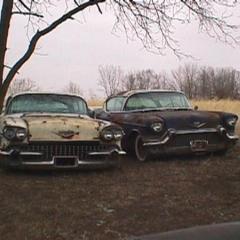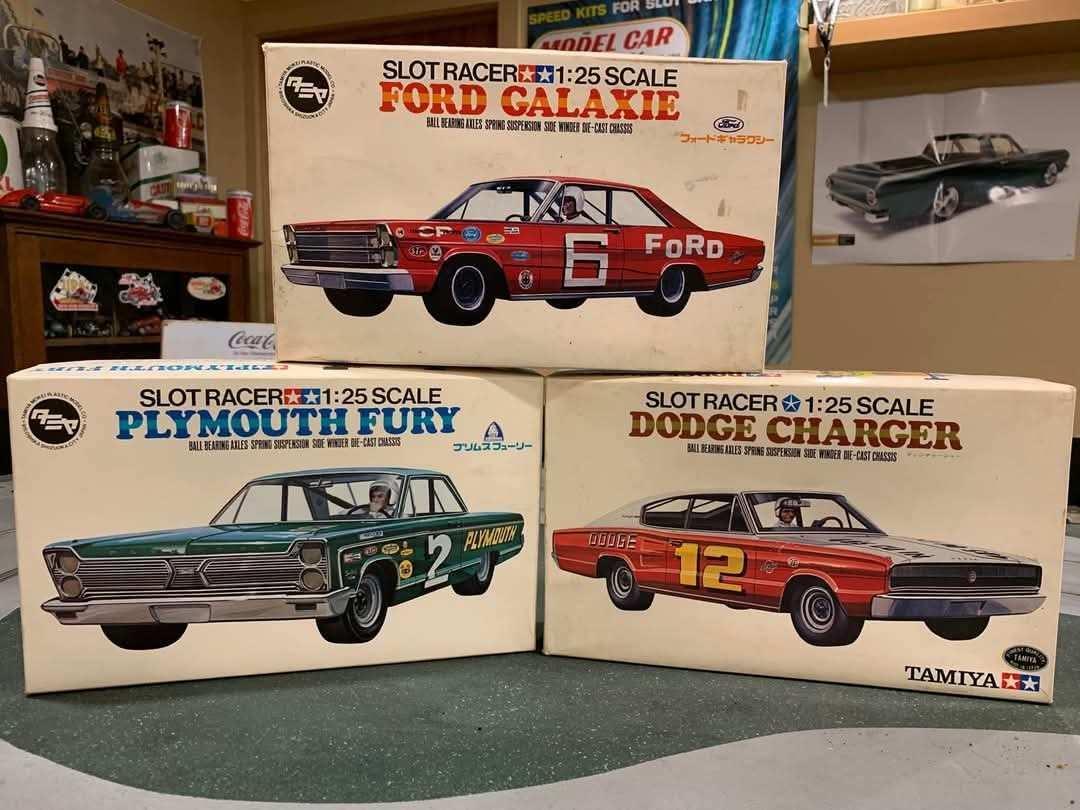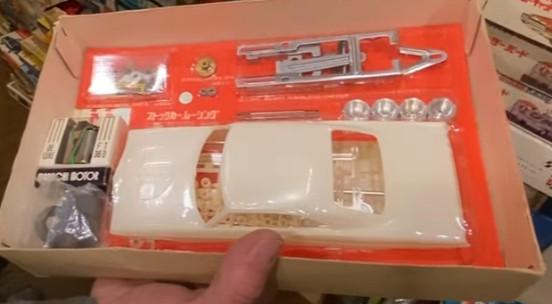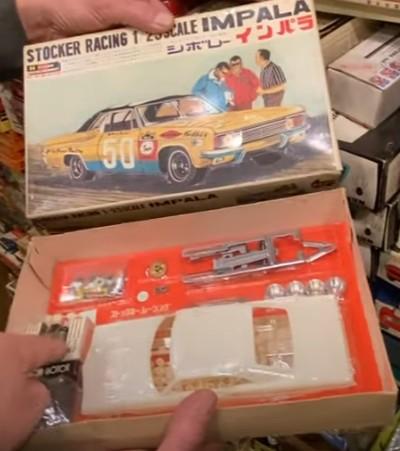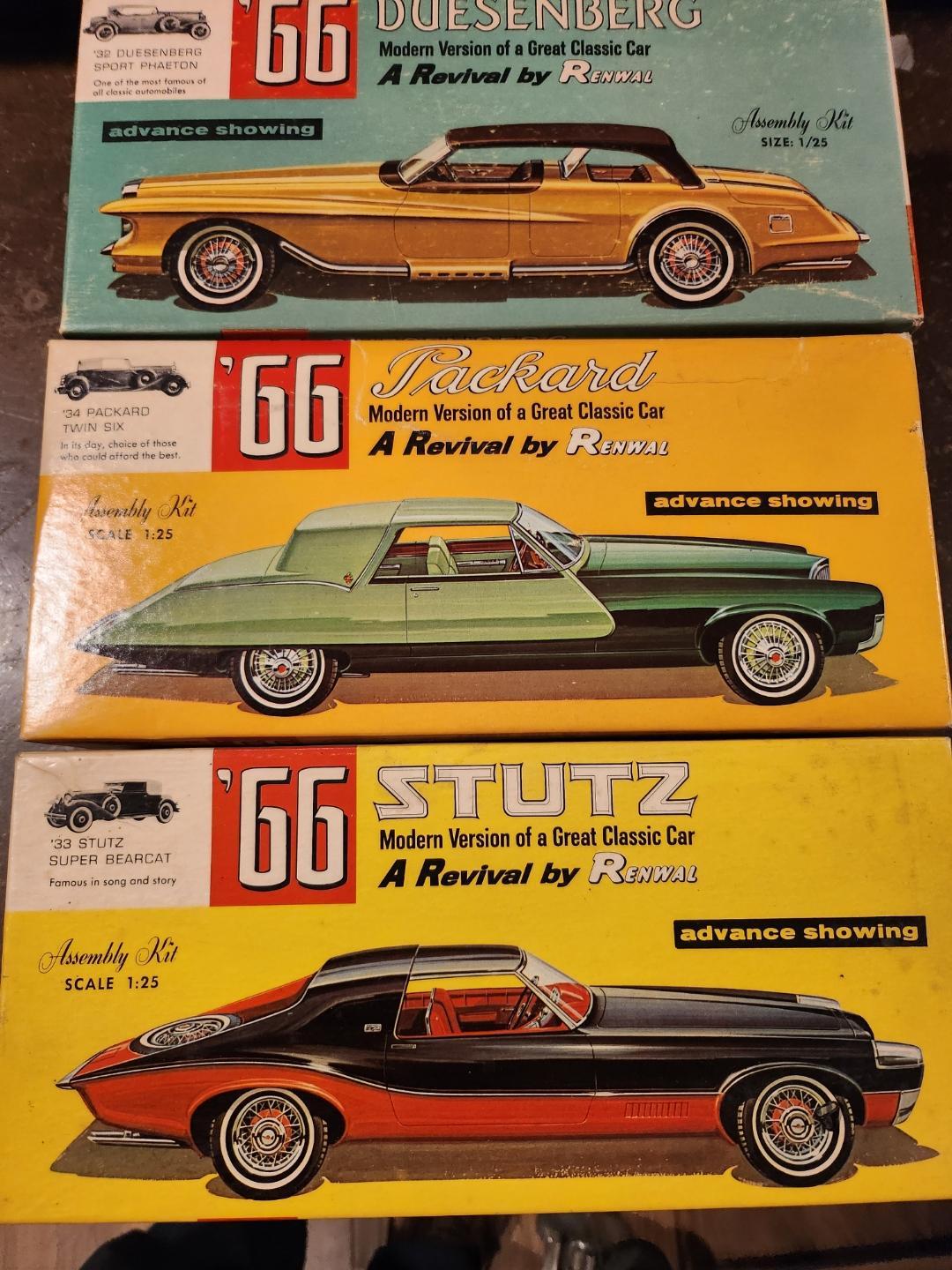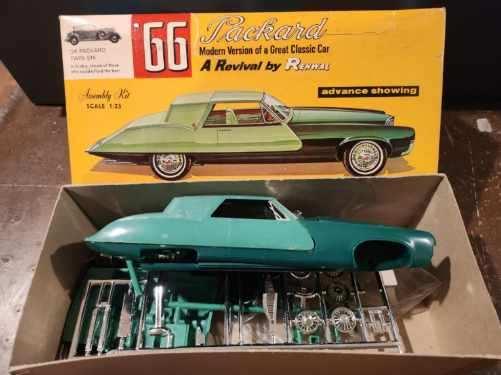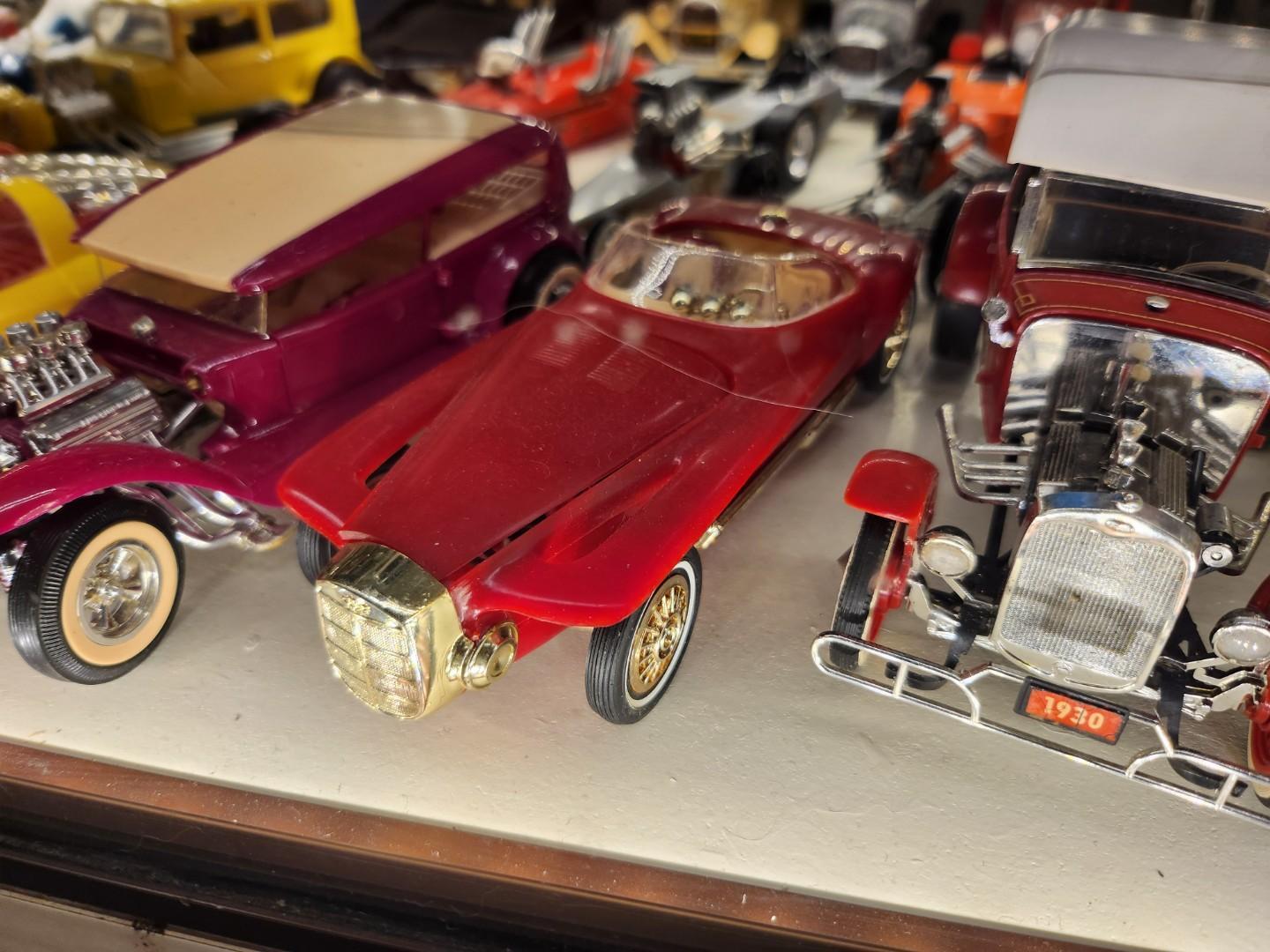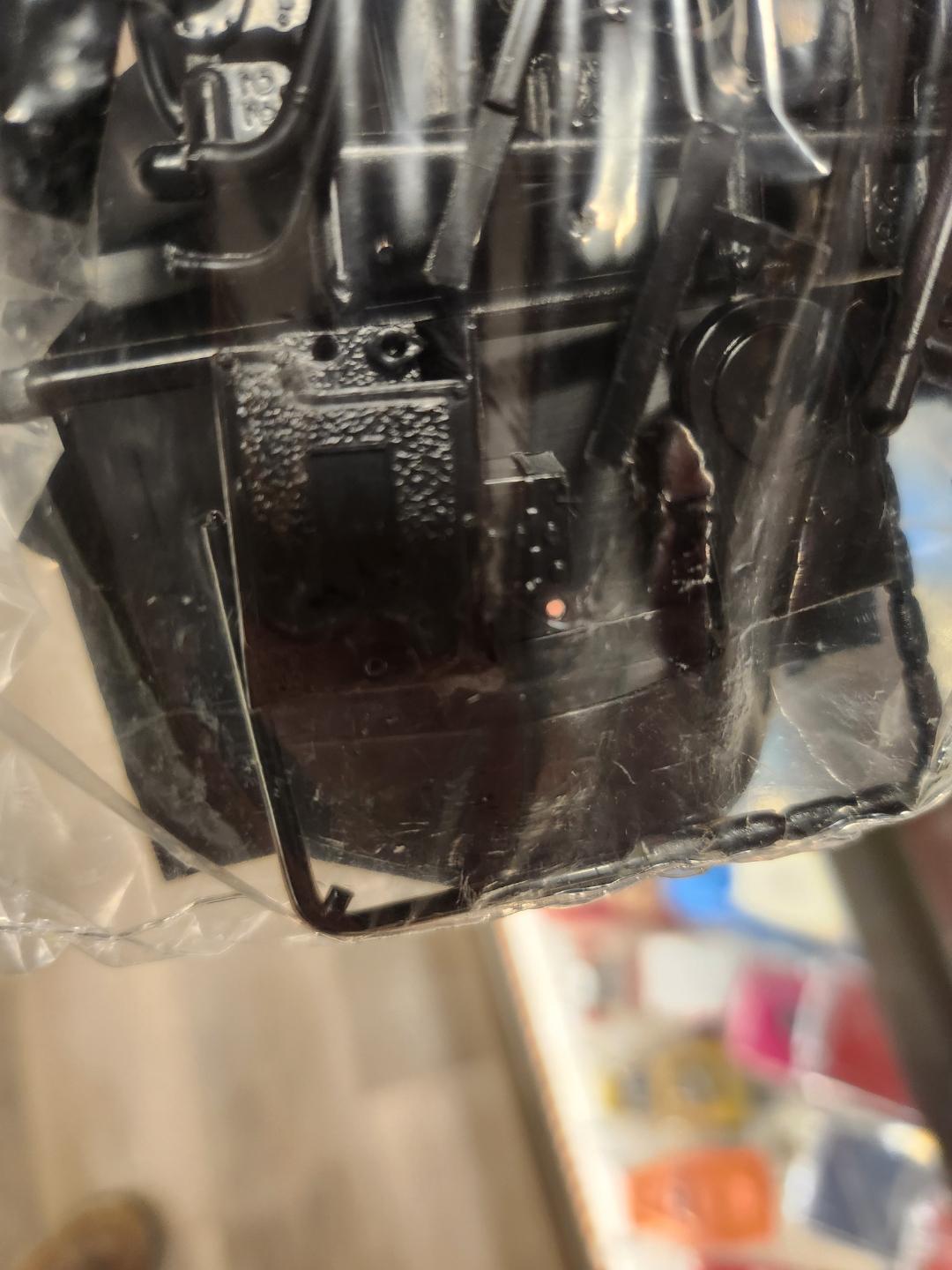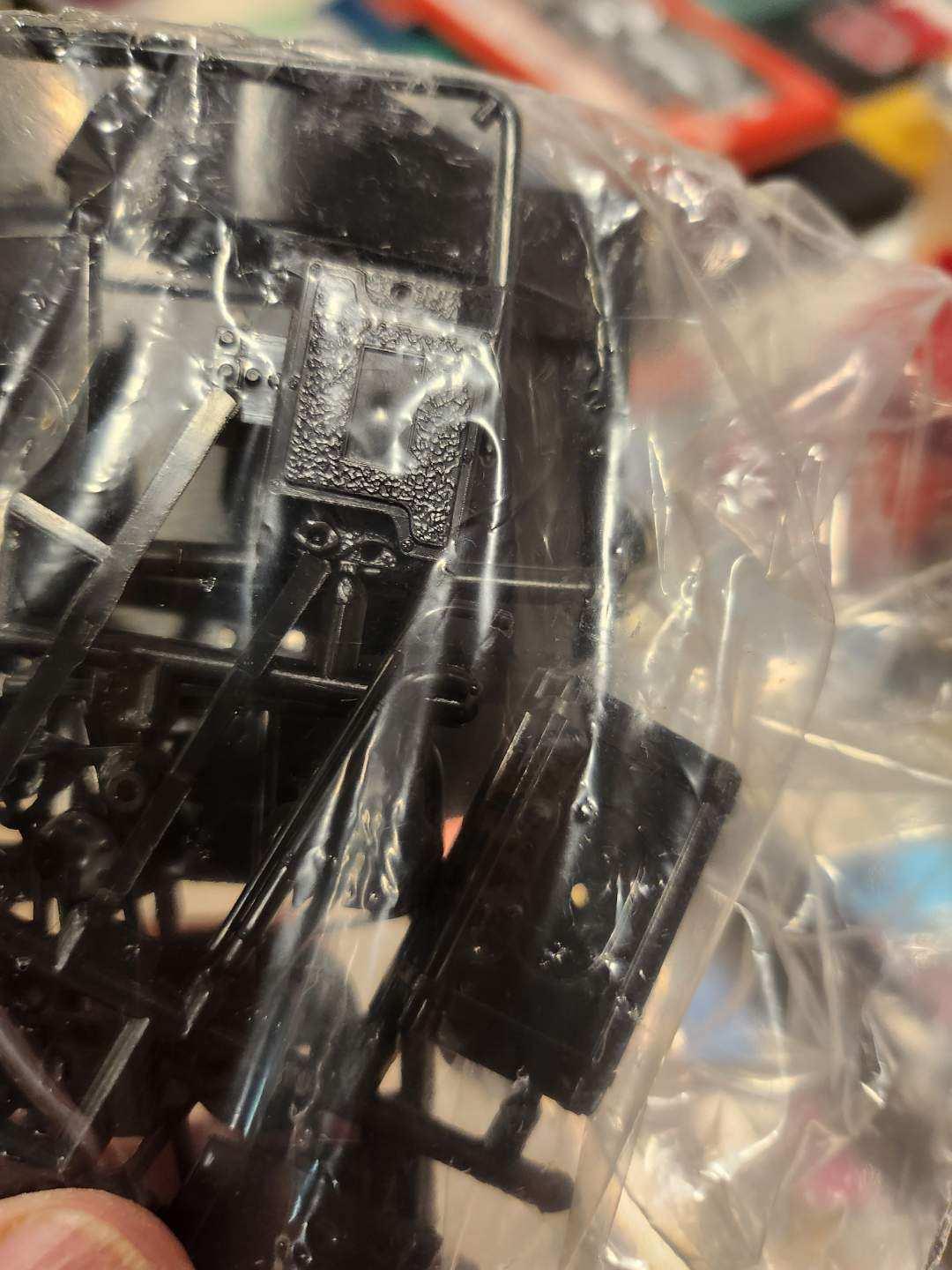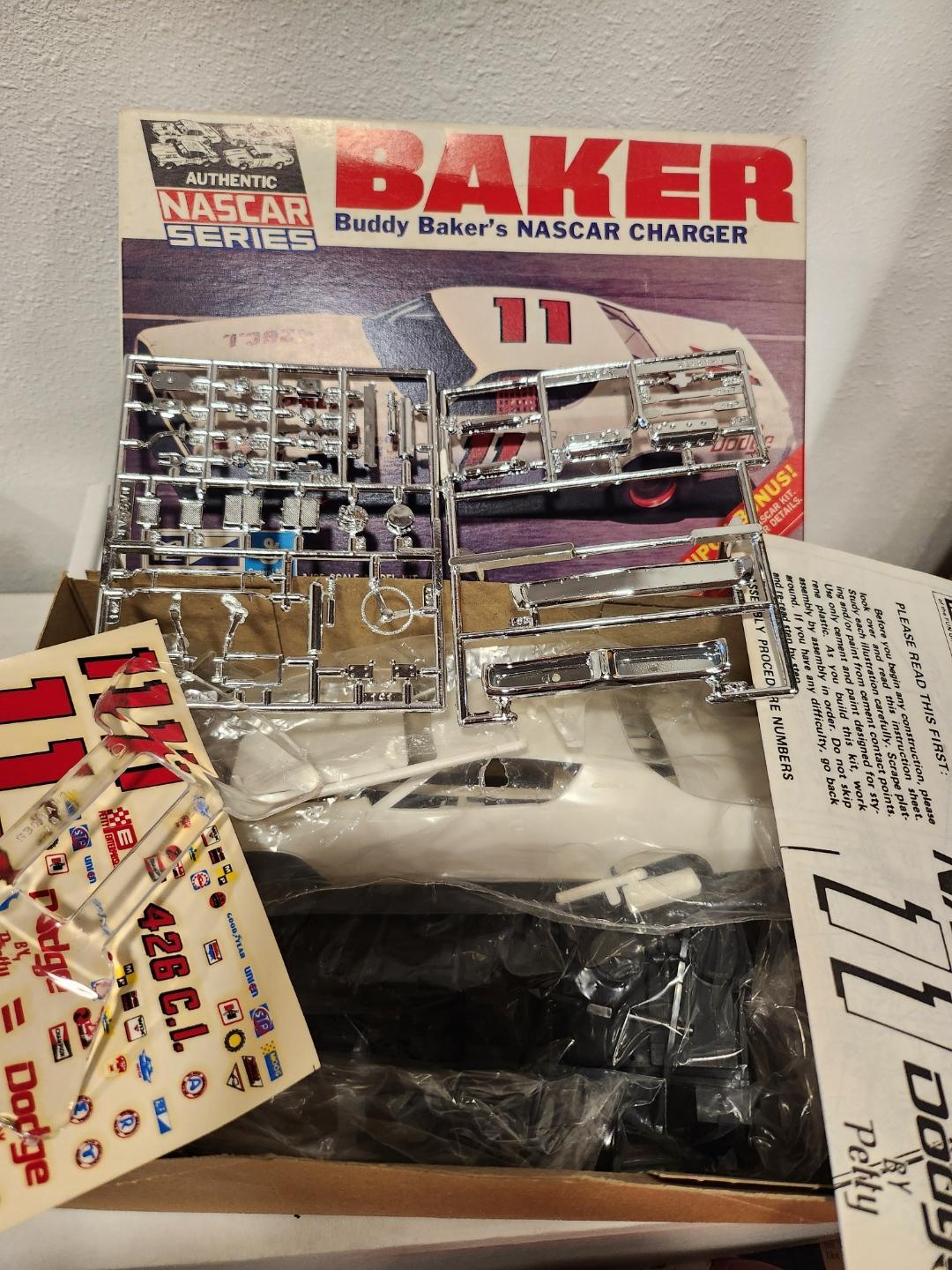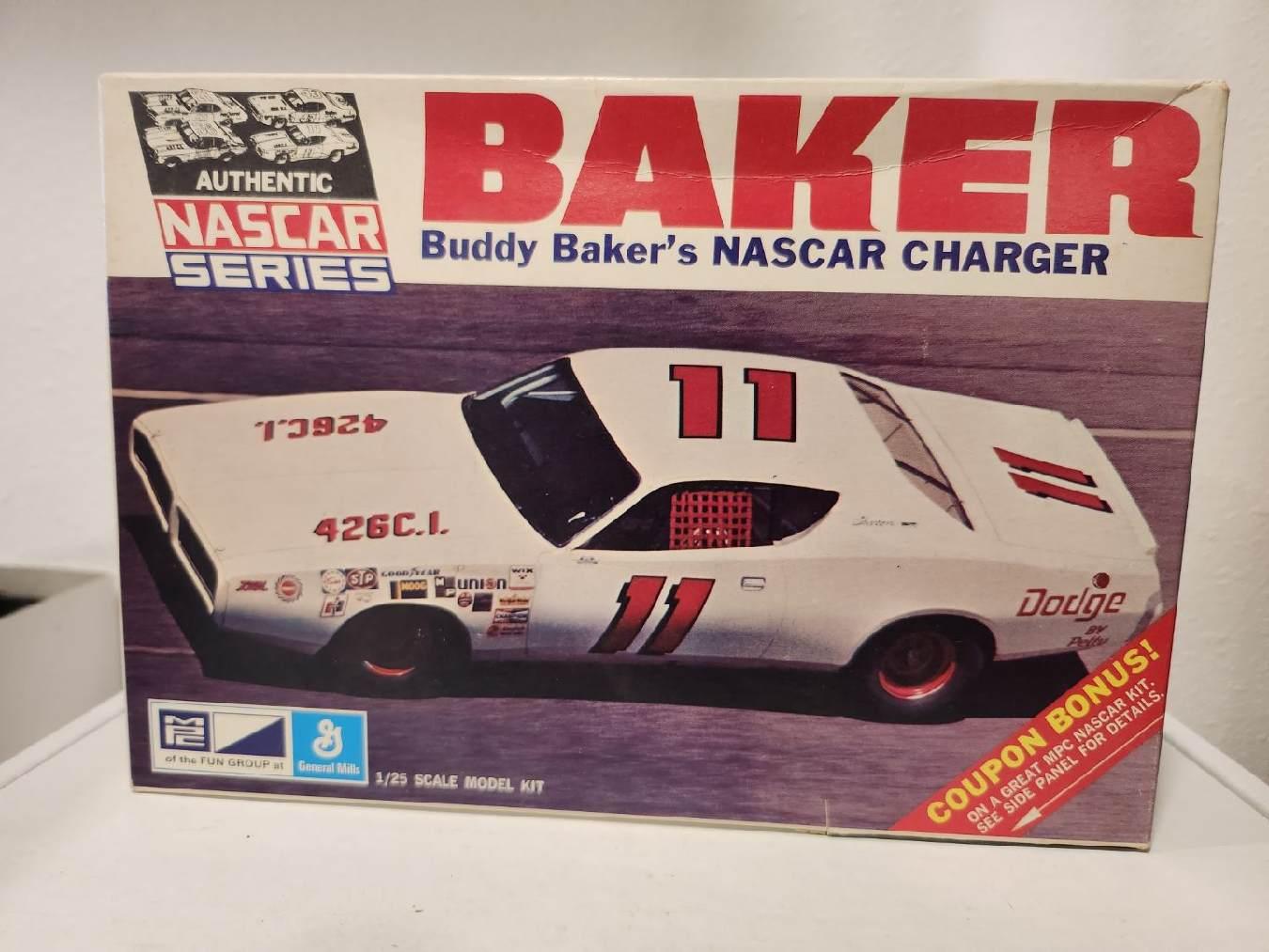-
Posts
693 -
Joined
-
Last visited
Previous Fields
-
Scale I Build
1:25
Profile Information
-
Full Name
Craig Cermak
craig.cermak@civco.com
Recent Profile Visitors
The recent visitors block is disabled and is not being shown to other users.
Carmak's Achievements

MCM Ohana (6/6)
-
In the grand scheme we are lucky the Hasegawa tooling survived.
-
The 1:24/1:25 scale slot car bug hit Japan hard in the mid-60's. I suspect the subtleties of what was and was not an appropriate American stock car was not important at that time in Japan. Tamiya also got into the promo copy bodies for slot cars.
-
This is how all of the Hasegawa 65/66 kits started life - slot cars. The only two worth getting are the 66 Cadillac and the 66 Bonneville as they are the only game in town so to speak. The bodies are not perfect coppies but they are close and look "right". There is a great opportunity for a resin caster or 3D printer to make correct interiors and chassis for these two.
-
The Mack B61 is going to be the first readily available early 50’s (1953) era commercial truck kit. It really opens up possibilities we don't currently have. My first thought is Mack combined with an AMT Haul Away car carrier trailer. It will allow any combination or loads as a Mack would look right pulling a load of Fords, GM’s, Mopars or AMC’s I will buy a few just for this.
-
Today I watched the Round2 November release video (Chad) for the 1960 Chevy Nomad Wagon and 1965 Barracuda Craftsman Plus Kits and noticed some interesting features when the bottoms of the boxes were shown: * Separate simplified suspension components * Separate exhaust pieces This is a real improvement for the Craftsman Plus line. Well done Round2!
-
Some of the Renwall molds were more true to the Exner designs than others. I am lucky to have four Revival kits (all built, three with boxes). The Packard in particular is very "clunky" compared to the Exner design. On the other hand, I think the Mercer came out pretty good.
-
He really liked you and sold it way low because he could tell how much you wanted it. Really glad you got that 28 A, it's a really clean build.
- 39,073 replies
-
- 1
-

-
- johan
- glue bombs
-
(and 1 more)
Tagged with:
-
I just got my Round2 1:64 diecast Landy 68 Coronet in the mail. Round2 obviously has and license and the artwork. I am cautiously optimistic about a Landy version of the new 68 Coronet kit.
-
This is the intake in the Baker NASCAR Charger kit. These were tough pics to get as the parts are still in the bags. The intake is part of the black "generic" parts and not part of the white Charger specific parts.
- 39,073 replies
-
- 1
-

-
- johan
- glue bombs
-
(and 1 more)
Tagged with:
-
Swung by a local vintage shop yesterday and found this gem. Hardly cost more than a new kit. The body is a bone stock 72 Charger Hardtop with no door indents and not a Rallye like the MPC (Rod Shop) annual.
- 39,073 replies
-
- 9
-

-
- johan
- glue bombs
-
(and 1 more)
Tagged with:
-
I will be in for a few of the Longnose Mustangs just for the chassis. I have a couple late 60's AMT Funny car bodies in need of a chassis and it should be straightforward to shorten the Longnose chassis.

